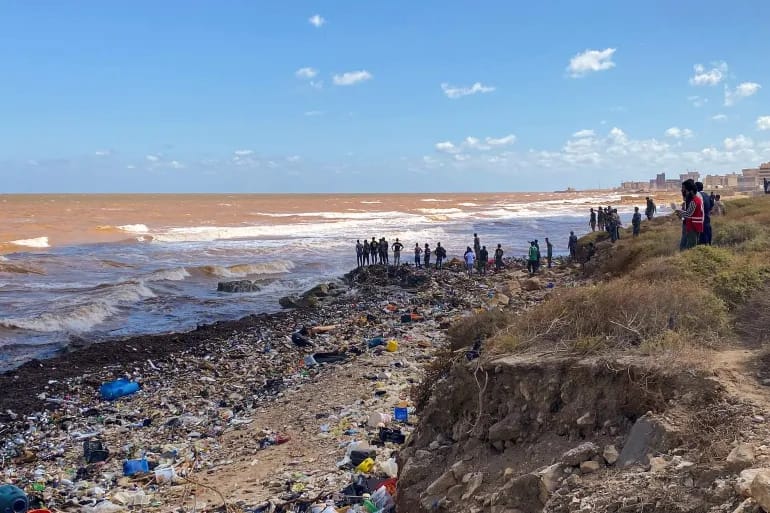In a high-profile visit that has captured global attention, North Korean leader Kim Jong Un’s tour of Russia takes a military turn as he explores the cutting-edge weaponry of his host nation. The visit, marked by smiles, warm greetings, and a display of Russia’s hypersonic missiles and nuclear-capable bombers, raises questions about potential military cooperation and its implications on regional and global security.
Kim’s Exploration of Russian Military Arsenal
Kim Jong Un’s tour of Russia continued as he arrived in the city of Artyom, accompanied by a warm welcome, on board his private armored train. The governor of Russia’s Primorsky region, Oleg Kozhemyako, shared a video capturing the North Korean leader’s arrival, where children presented him with flowers, symbolizing a diplomatic thaw in this remote corner of the world.
Showcasing Russia’s Cutting-Edge Military Technology
Upon his arrival in Artyom, Kim traveled to Vladivostok airport, just outside the city, where he was greeted by Russian Defence Minister Sergei Shoigu and other senior military officials. During this visit, Kim was introduced to Russia’s latest missile, the hypersonic Kinzhal, which aptly means ‘dagger’ in Russian. This air-launched ballistic missile is capable of carrying both nuclear and conventional warheads, boasting a reported range of 1,500 to 2,000 km and a payload capacity of 480kg. Notably, the Kinzhal can reach speeds of up to 10 times the speed of sound (12,000 kph or 7,700 mph), making it a formidable addition to Russia’s military arsenal.
Potential Implications of Kim’s Visit for North Korea and Global Security
Kim Jong Un’s curiosity extended to Russia’s strategic bombers, as he was shown three models: the Tu-160, Tu-95, and Tu-22M3. These aircraft have played a pivotal role in Russia’s ongoing conflict in Ukraine. Russian Defence Minister Shoigu highlighted their capabilities, mentioning that one of these bombers could make a round trip from Moscow to Japan and back, underscoring their significance in Russia’s nuclear forces.
Kim’s inquiry about missile deployment from these aircraft underscores the pivotal role of strategic bombers in Russia’s nuclear forces. This display raises concerns about potential military cooperation between Russia and North Korea. Experts suggest that such cooperation could include modernizing North Korea’s outdated air force, which relies on planes dating back to the Soviet era.
Kim Jong Un’s visit to Russia didn’t stop at military demonstrations. His exploration of Russian advancements extended to aviation technology during a visit to a plant producing Russia’s Su-57 fighter jets in the city of Komsomolsk-on-Amur. North Korea’s official Korean Central News Agency expressed Kim’s admiration for Russia’s rapid advancements in aviation technology, which he believes outpace potential external threats.
A video released by Russia’s cabinet captured Kim on an elevated platform inspecting the cockpit of an Su-57 warplane, demonstrating his keen interest in Russia’s aviation capabilities. His enthusiastic response, clapping as an Su-35 fighter jet completed a demonstration flight, indicated the potential for future collaboration in this arena.
While Kim’s visit opens avenues for military and technological cooperation, global concerns loom large. During his summit with President Vladimir Putin, discussions encompassed military matters and the ongoing war in Ukraine. President Putin assured that Moscow would not violate international sanctions imposed on North Korea by the United Nations, a critical point given the ongoing geopolitical tensions.
The United States, on the other hand, has voiced apprehensions about Russia’s negotiations with North Korea, fearing access to stockpiles of artillery and rockets that could be used by Moscow in its war in Ukraine. This adds a layer of complexity to the evolving dynamics in the region, emphasizing the need for careful diplomacy and strategic analysis in the coming months.
















